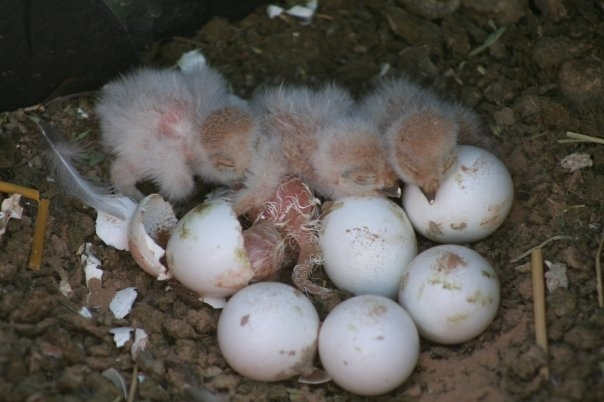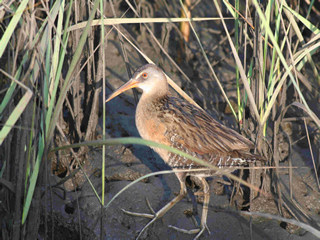Meaghan Conway
mconway1(at)email.arizona.edu
Background:
I grew up in New York and graduated from The State University of New York in Binghamton with a degree in Environmental Science and a Concentration in Ecology. I spent the following few years working as a wildlife rehabilitator, which first sparked my interest in avian ecology. I have since worked as an avian field biologist in Arizona, California, Florida, Alaska, and Australia. During this time I have gained extensive experience in various aspects of avian ecology and conservation.
I first joined the Conway lab in 2006 as a seasonal technician working on projects evaluating the effects of fire on rare and endangered wetland birds along the lower Colorado River and investigating the purpose of nest lining at burrowing owl nests. I am currently a Wildlife Biologist and coordinate various research projects. I enjoy living in the southwest and exploring the mountains and diverse habitats.
Some of the projects I assist with include:
- Effects of fire on California Black Rails and Yuma Clapper Rails along the Lower Colorado River and South of the Salton Sea.
- Developing standardized protocols for use in a continental secretive marsh bird monitoring program.
- Behavioral ecology of burrowing owls in the Imperial Valley of California.
- Habitat suitability for California black rails and Yuma clapper Rails.


- Conway, M., C.P. Nadeau and C.J. Conway. 2012. Intraspecific variation in reproductive traits of burrowing owls. Journal of Ethology, 30:395-402.
- Conway, M., and C. J. Conway. 2011. Relative abundance of Yuma clapper rails within proposed improvement sites along the Union Pacific Railroad in Imperial Valley, California. Wildlife Research Report #2011-03, U.S. Geological Survey, Arizona Cooperative Fish and Wildlife Research Unit, Tucson, AZ.
- Conway, M., C. P. Nadeau, C. J. Conway, B.S. Smith and J. Reinman. 2011. Evaluating the efficacy of night surveys for eastern black rails. Wildlife Research Report #2011-02, USGS Arizona Cooperative Fish and Wildlife Research Unit, Tucson, Arizona.
- Nadeau, C. P., C. J. Conway, M. Conway, and M. Ogonowski. 2011. Restoration of managed marsh units to benefit California black rails and other marsh birds: an adaptive management approach, Final Report. Wildlife Research Report #2011-01, USGS Arizona Cooperative Fish and Wildlife Research Unit, Tucson, AZ.
- Conway, M., C. P. Nadeau, C. J. Conway. 2010. Optimal seasonal timing of marsh bird surveys and the effect of water quality on marsh bird relative abundance in south Florida. Wildlife Report # 2010-03, USGS Arizona Cooperative Fish and Wildlife Research Unit, Tucson, Arizona.
- Santisteban, L., C. J. Conway, C. P. Nadeau, M. Conway, and J. Reinman. 2010. Habitat Use and Effects of Regional Call Dialects on the Effectiveness of Call-broadcast Surveys for Secretive Marsh Birds at St. Marks and St. Vincent National Wildlife Refuges. Wildlife Research Report # 2010-02. USGS Arizona Cooperative Fish and Wildlife Research Unit, Tucson, Arizona.
- Nadeau, C. P., C. J. Conway, M. Conway, and J. Reinman. 2010. Variation in Clapper Rail and Least Bittern Detection Probability Among Tidal Stages on the Northern Coast of the Gulf of Mexico. Wildlife Research Report #2010-01, U.S. Geological Survey, Arizona Cooperative Fish and Wildlife Research Unit, Tucson, AZ.
- Conway, M. and C.J. Conway. 2012. Effects of a changing climate on breeding phenology, clutch size, and reproductive success in burrowing owls. North American Ornithological Conference. Vancouver, BC, 15 August 2012.
- Conway, C. J., M. Conway, and C. P. Nadeau. 2010. Proximate factors affecting hatching asynchrony in burrowing owls. Joint meeting of the American Ornithologists’ Union and Cooper Ornithological Society. San Diego, CA, 9 Feb 2010.